Normalized Noise Tests
For these tests, I set the fan to speeds with noise output at the following predefined levels: 20/25/30/35/40/45 dBA. I skip the corresponding tests if the fan under the test cannot reach some noise levels. The speeds shown in the graph below are measured with the fan in a clear space inside my hemi-anechoic chamber without any obstacles. I set these speeds on the Longwin machine, but they slightly change because of the variable conditions that the device applies.
Lately, we discovered a peculiarity of the Longwin apparatus, so we are re-testing every fan we have, and we will continue to double-check all results because it seems the Longwin’s fan controller doesn’t “like” speed control for these tests, but it works better with PWM control. This is why you will find differences with results listed in previous reviews; we constantly update the noise-normalized tests to make them as accurate as possible!
20 dBA Noise Output
Both fans have a highly effective noise design, and as expected the FDB model gets the lead in speed, achieving higher performance.
25 dBA Noise Output
The difference in speed gets smaller, while the Black (DBB) model wins clearly in airflow, while the difference in static pressure is minimal.
30 dBA Noise Output
The speed difference is large here, in favor of the White (FDB) model, allowing it to achieve slightly higher airflow and static pressure.
35 dBA Noise Output
Again a notable difference in speed, while the performance difference is much smaller (compared to the speed difference), with the FDB model having the lead.
40 dBA Noise Output
Not so high-speed difference, with the DBB model winning in performance, not by a large margin.

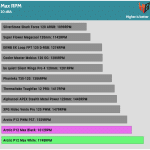
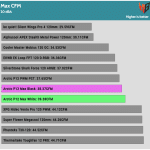

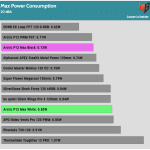
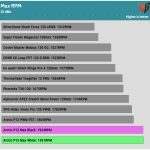
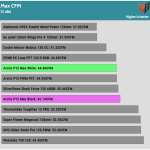
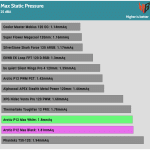
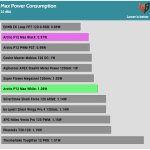
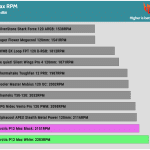

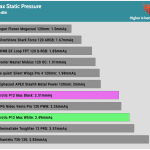
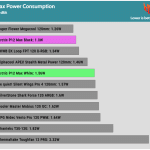


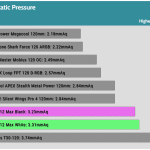
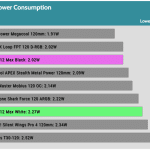
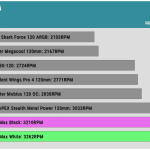
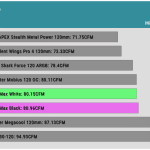
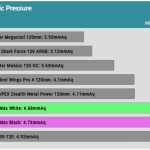

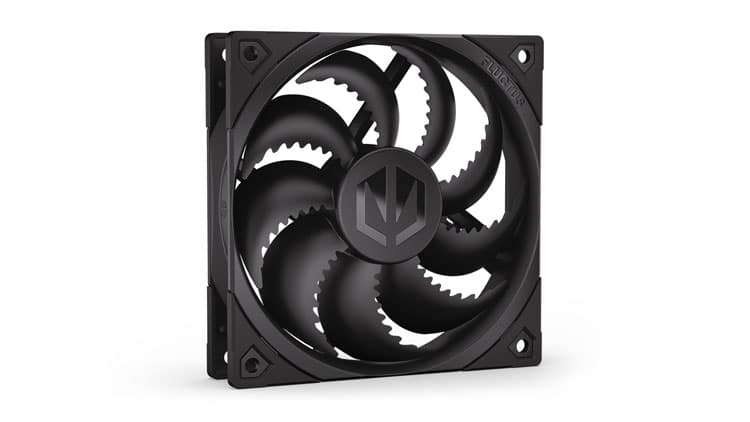
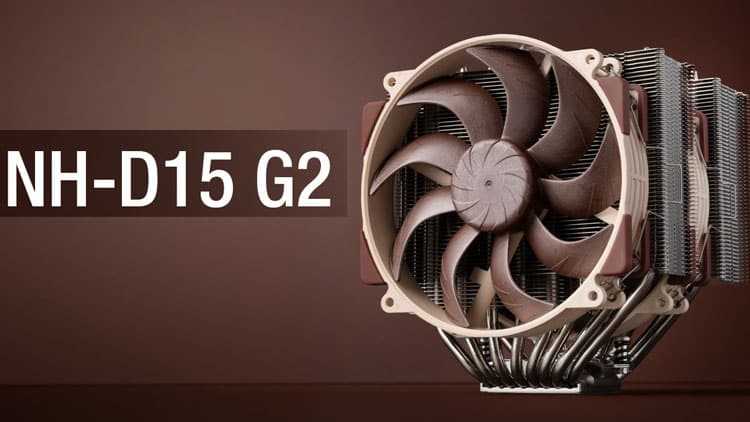
The double ball bearing model is gone in the US. Arctic decided to change it to FDB.
I saw. I can no longer find P12 Max with double ball bearing, whether in the black or white version. That is, the black one is now FDB too!
Black: https://www.arctic.de/en/P12-Max/ACFAN00280A
White: https://www.arctic.de/en/P12-Max/ACFAN00293A
Note that the bearing is the same (double ball bearings) in both colorways. Is it the end of the double ball bearing?
I guess, the metal screeching at lower RPM caused a lot of complaints 😛
First of all, many thanks Aris!
Well, I was expecting bigger difference at lower RPMs. In the higher I expected very similar results, as it is, because the main source of noise, which covers other sounds, is created by a moving air mass that radiates a sound wave into the environment. And since the geometry of propeller is the same, there should be no major differences.
This 2nd DBB fan is not so disturbing at 10% (although it’s very near) as the 1st DBB (spike at 5 kHz). However, at 25% it is even more annoying than 1st one because of the harmonics/resonance, which starts between 2nd and 3rd second in the recording.
FDB has much nicer sound at 10% and 25% PWM level.
One note: I have one hypothesis as to why the 1st DBB has higher power consumption than the 2nd. The spike at 5 kHz reminds me of grinding/scraping metal on metal. The bearings may not be sufficiently lubricated, or the tolerance of the bearing balls is not tight enough … but its only a guess 😀
for sure there was something wrong with the first sample, since its peak RPM on the longwin were also off.